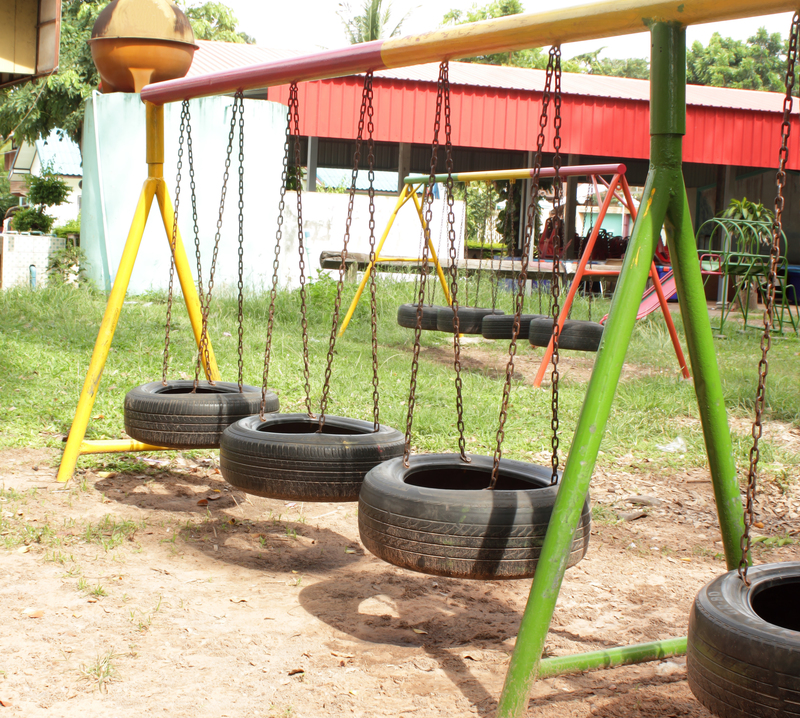Posted on 03/04/2025
Classifying Hazardous Waste
Hazardous waste is a critical concern for environmental health and safety. Understanding how to classify hazardous waste can help businesses and individuals manage it responsibly, ensuring minimal impact on the environment and human health. This article delves into the classification of hazardous waste, examining the different categories, legal frameworks, and best practices for handling and disposal.
What is Hazardous Waste?
Hazardous waste refers to materials that pose substantial or potential threats to public health or the environment. These wastes can be generated from various sources, including industrial processes, laboratories, and even households. Hazardous waste is typically classified based on its characteristics, source, and potential risks.

Key Characteristics of Hazardous Waste
Hazardous waste is identified through specific characteristics that determine its potential harm, including:
1. Ignitability: Wastes that can create fires under certain conditions, such as liquids with flash points below 60?C.
2. Corrosivity: Wastes that can corrode metal containers, such as acidic or alkaline materials.
3. Reactivity: Wastes that are unstable under normal conditions and can cause explosions, toxic fumes, or other harmful reactions.
4. Toxicity: Wastes that pose a risk of causing health issues or environmental damage when they are ingested or absorbed.
Categories of Hazardous Waste
Hazardous waste is generally classified into two primary categories: listed wastes and characteristic wastes.
1. Listed Wastes: These are specifically listed by regulatory agencies (such as the EPA in the United States) and fall into four main subcategories:
- F-list: Wastes from common manufacturing and industrial processes.
- K-list: Specific source wastes from industries like petroleum refining.
- P-list and U-list: Discarded commercial chemical products that are acutely hazardous.
2. Characteristic Wastes: Not specifically listed but exhibit one or more hazardous traits (ignitability, corrosivity, reactivity, toxicity).
Legal Framework and Regulations
Regulations play a crucial role in managing hazardous waste. The Resource Conservation and Recovery Act (RCRA) in the United States, for example, establishes guidelines for waste management programs. These regulations ensure that hazardous waste is managed from its creation to its disposal, commonly referred to as "cradle to grave."
Best Practices for Handling Hazardous Waste
Proper handling and disposal of hazardous waste are vital to prevent environmental and health risks. Here are some best practices:
1. Identification: Accurately identify hazardous waste using laboratory analysis and regulatory guidelines.
2. Separation: Keep hazardous waste separate from non-hazardous waste to avoid contamination and simplify disposal.
3. Storage: Store hazardous waste in compatible containers, properly labeled, and maintained in secure areas.
4. Transport: Use licensed hazardous waste transporters and ensure compliance with all transportation regulations.
5. Disposal: Utilize authorized disposal facilities that are equipped to handle hazardous materials safely.
Pros and Cons of Hazardous Waste Classification
Pros:
- Improved Safety: Accurate classification leads to better handling and reduced risk of accidents and exposure.
- Regulatory Compliance: Ensures adherence to legal requirements, avoiding fines and legal issues.
- Environmental Protection: Reduces the risk of pollution and long-term environmental damage.
Cons:
- Cost: Implementation of classification systems and proper disposal methods can be expensive.
- Complexity: Navigating regulatory frameworks and requirements can be challenging.
- Resource Intensive: Requires ongoing education and training for personnel involved in hazardous waste management.
Tips for Managing Hazardous Waste
- Regular Training: Ensure that staff are regularly trained on hazardous waste handling procedures.
- Documentation: Maintain thorough documentation of all hazardous waste activities to ensure compliance and traceability.
- Use Technology: Implement waste tracking software to streamline management processes and improve accuracy.
- Emergency Preparedness: Have a comprehensive plan in place for dealing with accidental spills or exposures.

Takeaways
Understanding how to classify hazardous waste is crucial for safety, compliance, and environmental stewardship. It's important to identify characteristics, adhere to legal frameworks, and implement best practices for handling and disposal. While there are costs and complexities involved, the benefits of improved safety and environmental protection far outweigh the challenges.
Conclusion
Classifying hazardous waste is an essential process that requires careful attention to detail and strict adherence to regulatory standards. By understanding the characteristics and categories of hazardous waste, organizations can effectively manage these materials and mitigate risks to health and the environment. Implementing best practices and staying informed about regulatory changes will ensure continued compliance and sustainable waste management.
Latest Posts
Tips for Proper Disposal of Regular Waste
Garbage Cleanup Bags - Efficient Skip Substitute

































 Get a Quote
Get a Quote